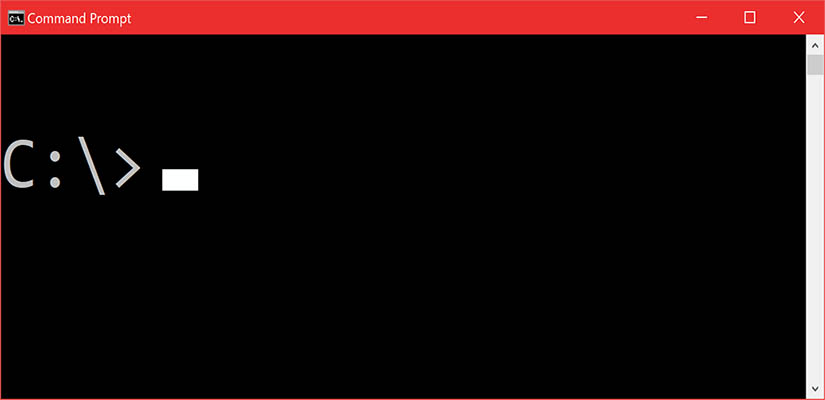To start, stop, pause, resume, or restart a serviceUsing the command line. Applies To: Windows Server 2003, Windows Server 2003 R2, Windows Server 2003 with SP1, Windows Server 2003 with SP2.
- Open Command Prompt.
- Type one of the following:
- To start a service, type:
net startservice - To stop a service, type:
net stopservice - To pause a service, type:
net pauseservice - To resume a service, type:
net continueservice
- To start a service, type:
| Value | Description |
|---|---|
|
net start |
Starts a service. |
|
net stop |
Stops a service. |
|
net pause |
Pauses a service. |
|
net continue |
Continues a service that has been paused. |
|
service |
Specifies the name of service. |
Notes
- To open a command prompt, click Start, point to All programs, point to Accessories, and then click Command Prompt.
- To view the complete syntax for these commands, at the command prompt, type:
net helpcommand - For more information about these commands, see Related Topics.
Caution
- If you stop, start, or restart a service, any dependent services are also affected. Starting a service does not automatically restart its dependent services. For more information, see View service dependencies.
- Changing the default service settings may prevent key services from running correctly. It is especially important to use caution when changing the Startup type and Log on as settings of services that are configured to start automatically.
- In most cases, it is recommended that you not change the Allow service to interact with desktop setting. If you allow the service to interact with the desktop, any information that the service displays on the desktop will also be displayed on an interactive user's desktop. A malicious user could then take control of the service or attack it from the interactive desktop.
Important
- To improve performance and security in the Windows Server 2003 family, several services have been disabled by default that were previously enabled on Windows 2000. For a table that lists the default settings and provides information about how to enable these services, see Default settings for services. Note that these settings apply only to new installations, not upgrades; all previous service configurations are preserved during upgrades to the Windows Server 2003 family.
Notes
- To perform this procedure, you must be a member of the Administrators group on the local computer, or you must have been delegated the appropriate authority. If the computer is joined to a domain, members of the Domain Admins group might be able to perform this procedure. As a security best practice, consider using Run as to perform this procedure.
- Some services, such as Remote Procedure Call (RPC), Event Log, and Plug and Play, cannot be stopped by using the Service snap-in or the net stop command. These services are required for the operating system to function properly.
Information about functional differences
- Your server might function differently based on the version and edition of the operating system that is installed, your account permissions, and your menu settings.
















